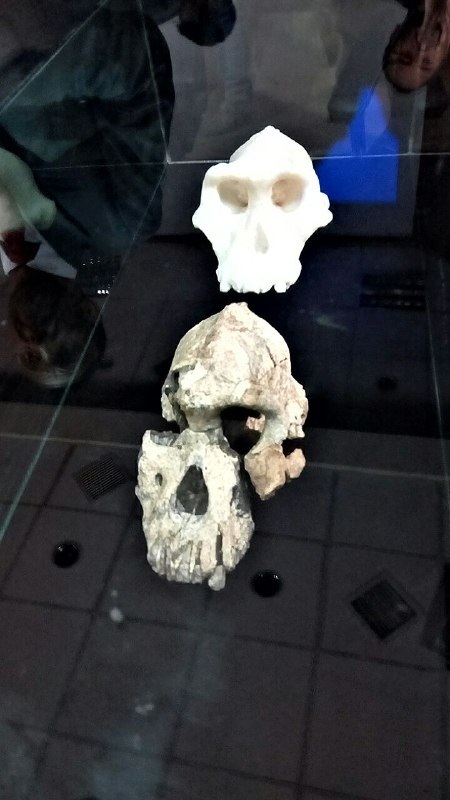
ADDIS ABABA – A team of researchers announced that it has discovered a cranium of a 3.8 million years old early human ancestor in Afar region of Ethiopia.
Dr. Yohanese Haile-Sellasie, Cleveland Museum of Natural History Curator and Adjunct Professor at Case Western Reserve University and his team of researchers have discovered a remarkable complete cranium of a 3.8 million-year-old early human ancestor referred to as MRD from the Woranso-Mille paleontological site, located in Afar region of Ethiopia.
Working for the past 15 years at the site, the team discovered the cranium (MRD-VP-1/1) in February 2016. MRD represents a time interval between 4.1 and 3.6 million years ago when early human ancestor fossils are rare especially outside the Woranso-Mille area.
MRD shows Lucy species and its hypothesized ancestor. An anamenesis co-existed for approximately 100,000 years, challenging previous assumptions of a linear transition between these two early human ancestors, Haile-Silessie said. “This is a game changer in our understanding of human evolution during Pliocene.
According to researchers, Beverly Saylor of Case Western Reserve University and her colleague determined the age of the fossil as 3.8 million years by dating minerals in layers of volcanic rocks nearby.
Among the most significant important findings was the team’s conclusion that Australopithecus anamensis and its descendent species, the well known Australopithecus afarensis, co-existed for a period of at least 100 thousand years.
This finding contradicts the long-held notion of anagentic relationship between these two taxa, whereby one species disappears only by giving rise to a new species in a linear fashion.
The Ethiopian Herald August 29/2019
BY TSEGAYE TILAHUN





